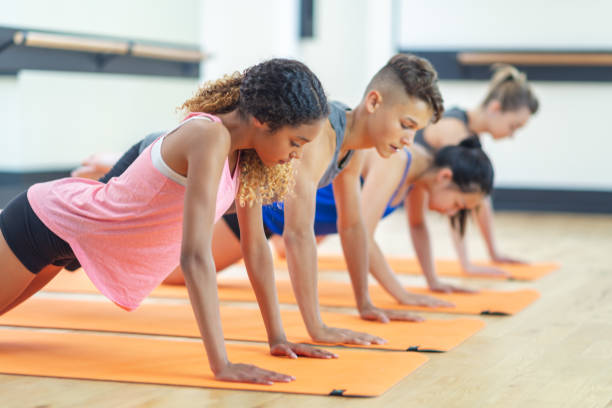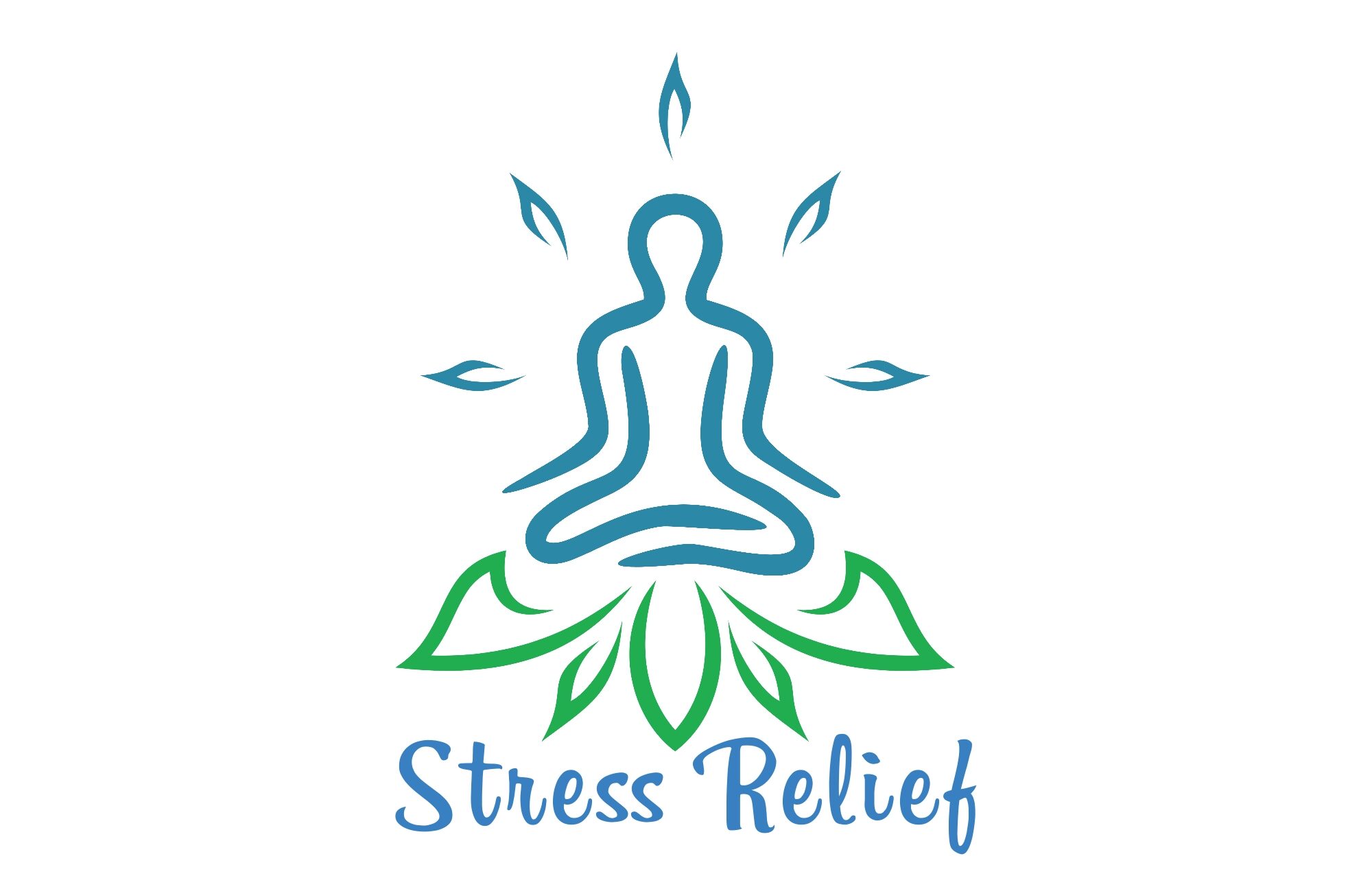I. Introduction
Stress has become an increasingly prevalent issue among teenagers, impacting their emotional well-being and overall quality of life. It is important to understand the repercussions of stress on teen development. Implementing stress relief exercises can play a vital role alleviating these pressures. By adopting a comprehensive approach to stress management, teenagers can cultivate a more balanced and healthy lifestyle. This article delves into various stress relief exercises for teenagers, highlighting the significance of physical activity, mindfulness and meditation techniques, expressive arts therapy, as well as healthy lifestyle habits. Additionally, strategies for managing stress in academic and social settings will be explored.

II. Physical Exercise for Stress Relief
The Role of Physical Activity in Reducing Teen Stress
Physical exercise has proven to be a highly effective stress reliever for teenagers. Engaging in regular physical activity boosts the production of endorphins, which are known as “feel-good” hormones. These hormones alleviate feelings of stress, anxiety, and depression, promoting a positive state of mind.
A. Benefits of Incorporating Stress Relief Exercises For Teenagers
Incorporating physical exercise into a teenager’s daily routine has various benefits beyond stress relief. Exercise enhances overall physical well-being, improves cognitive functions, and boosts self-esteem. It also aids in better sleep patterns, which in turn contributes to stress reduction.
B. Exploring Various Aerobic Activities for Stress Relief
Aerobic activities such as running, cycling, and swimming are excellent stress-relieving exercises for teenagers. These activities not only elevate heart rate, but they also release endorphins and increase blood flow to the brain, promoting mental clarity and reducing stress levels.
C. Embracing the Healing Power of Yoga and Pilates
Yoga and Pilates offer a unique combination of physical exercise and mindfulness, making them ideal for stress relief among teenagers. These practices focus on controlled breathing, stretching, and strengthening the body. They also enhance self-awareness, calm the mind, and promote relaxation.
III. Mindfulness and Meditation Techniques
A. Basics of Mindfulness and Meditation for Teenagers
Mindfulness involves the practice of being fully present in the moment, without judgment. This technique enables teenagers to shift their focus away from stressors and immerse themselves in the present moment. Research shows that mindfulness reduces stress, improves focus, and enhances emotional well-being.

B. Incorporating Guided Meditation as a Relaxation Technique
Guided meditation provides teenagers with a structured approach to relaxation. Through the use of recorded audio or mobile applications, guided meditation helps teenagers quiet their minds, relieve stress, and increase self-awareness. It allows them to explore their thoughts and emotions in a safe and controlled environment.
C. Breathing Exercises: Anchoring the Present Moment
Deep breathing exercises are simple yet powerful techniques for stress relief. By focusing on their breath, teenagers can anchor themselves to the present moment and calm their racing thoughts. Breathing exercises activate the body’s relaxation response, reducing stress hormones and promoting a sense of calm.
IV. Expressive Arts Therapy for Emotional Release
A. Unleashing Creativity for Stress Relief among Teens
Expressive arts therapy taps into the innate creativity of teenagers, offering a therapeutic outlet for emotional expression. Through various art forms such as painting, drawing, and sculpting, teenagers can externalize their emotions, process their experiences, and alleviate stress.
B. Utilizing Art Therapy for Emotional Expression
Art therapy allows teenagers to express their feelings and thoughts non-verbally. By engaging in artistic activities, they can channel their emotions into creative outlets, which can provide a sense of catharsis and emotional release. Art therapy also promotes self-discovery and offers new perspectives on stressors.
C. Exploring Therapeutic Writing as a Stress Relief Tool
Therapeutic writing, such as journaling or poetry, can be immensely helpful for teenagers in managing stress. It provides a safe space for them to express their thoughts and emotions, bringing clarity to their experiences. Writing allows teenagers to reflect, gain insights, and discover coping strategies to navigate through stressful situations.
D. The Power of Music and Dance Therapy for Teenagers

Engaging in music or dance therapy can be both enjoyable and stress-relieving for teenagers. Listening to soothing music or participating in dance activities stimulates the release of endorphins, promoting relaxation and a positive mindset. These forms of therapy also encourage self-expression and contribute to emotional well-being.
V. Healthy Lifestyle Habits for Long-Term Stress Management
A. Nurturing the Body and Mind for Sustainable Stress Relief
In addition to specific stress relief exercises, adopting a healthy lifestyle is crucial for long-term stress management among teenagers. Nurturing the body and mind holistically enhances overall well-being and resilience in the face of stressors.
B. Importance of Adequate Sleep and Its Impact on Stress
Teenagers often underestimate the significance of sleep in managing stress. Sufficient sleep—around 8 to 10 hours per night—recharges the body and mind, enabling teenagers to face challenges with greater clarity and emotional stability. Quality sleep is essential for optimal cognitive performance and overall well-being.
C. Nutrition Tips to Support Both Physical and Mental Health

Maintaining a balanced and nutritious diet plays a pivotal role in stress management. Consuming fresh fruits, vegetables, whole grains, and lean proteins provides essential nutrients that support brain function and stabilize mood. Reducing the intake of caffeine, sugar, and processed foods can also positively impact stress levels.
D. Cultivating Healthy Social Connections and Support Systems
Building and nurturing healthy social connections and supportive relationships significantly contributes to stress reduction among teenagers. Encouraging teenagers to engage in positive social interactions, spend time with friends and family, and seek support when needed, creates a sense of belonging and helps alleviate stress.
VI. Strategies for Stress Relief in Academic and Social Settings
A. Coping Mechanisms tailored to Teenagers’ Environment
Academic stress and social pressures are common stressors among teenagers. Implementing effective coping mechanisms tailored to their environment empowers teenagers to manage stress constructively and maintain a healthy work-life balance.
B. Effective Time Management Techniques to Reduce Academic Stress

Teaching teenagers time management techniques enables them to prioritize tasks, set realistic goals, and avoid overwhelm. By breaking down tasks into manageable chunks and creating a structured schedule, teenagers can reduce academic stress and gain a better sense of control over their workload.
C. Social Stressors: Bullying, Peer Pressure, and Coping Strategies
Social stressors such as bullying and peer pressure can heighten stress levels among teenagers. Educating teenagers about coping strategies, assertiveness, and seeking support from trusted individuals equips them with the tools necessary to navigate these challenging situations effectively.
D. Seeking Professional Help: School Counselors and Mental Health Services
While stress relief exercises are beneficial, they may not be a substitute for professional help in cases of severe stress. Encouraging teenagers to seek support from school counselors, mental health professionals, or helplines can provide them with the necessary resources and guidance during challenging times.
Summary
In recap, this article explored diverse stress relief exercises specifically designed for teenagers. We discussed the significance of physical exercise, mindfulness and meditation techniques, expressive arts therapy, and adopting a healthy lifestyle to manage stress effectively. Additionally, we highlighted strategies to alleviate stress within academic and social settings.
FAQs(Frequently Asked Questions)
- Are stress relief exercises suitable for all teenagers?
- Stress relief exercises can be beneficial for most teenagers. However, it is essential to consider individual preferences and physical capabilities. Consulting with a healthcare professional is recommended for personalized guidance.
- How long does it take for stress relief exercises to show results?
- The timeline for experiencing results from stress relief exercises varies among individuals. While some teenagers may notice immediate improvements, others may require consistent practice over a period of weeks or months.
- Can stress relief exercises replace professional help for teenagers dealing with severe stress?
- Stress relief exercises can complement professional help in managing stress. In cases of severe stress or mental health concerns, it is important for teenagers to seek support from mental health professionals.
- Are there any risks associated with stress relief exercises for teenagers?
- Stress relief exercises are generally safe and beneficial. However, it is crucial to practice them with proper guidance and avoid overexertion. If any exercise causes pain or discomfort, it is advisable to consult a healthcare professional.
- How can parents support their teenagers in practicing stress relief exercises?
- Parents can support their teenagers by encouraging regular physical activity, creating a calming environment for mindfulness and meditation, providing resources for expressive arts therapy, and promoting a healthy lifestyle through nutritious meals and open communication.



